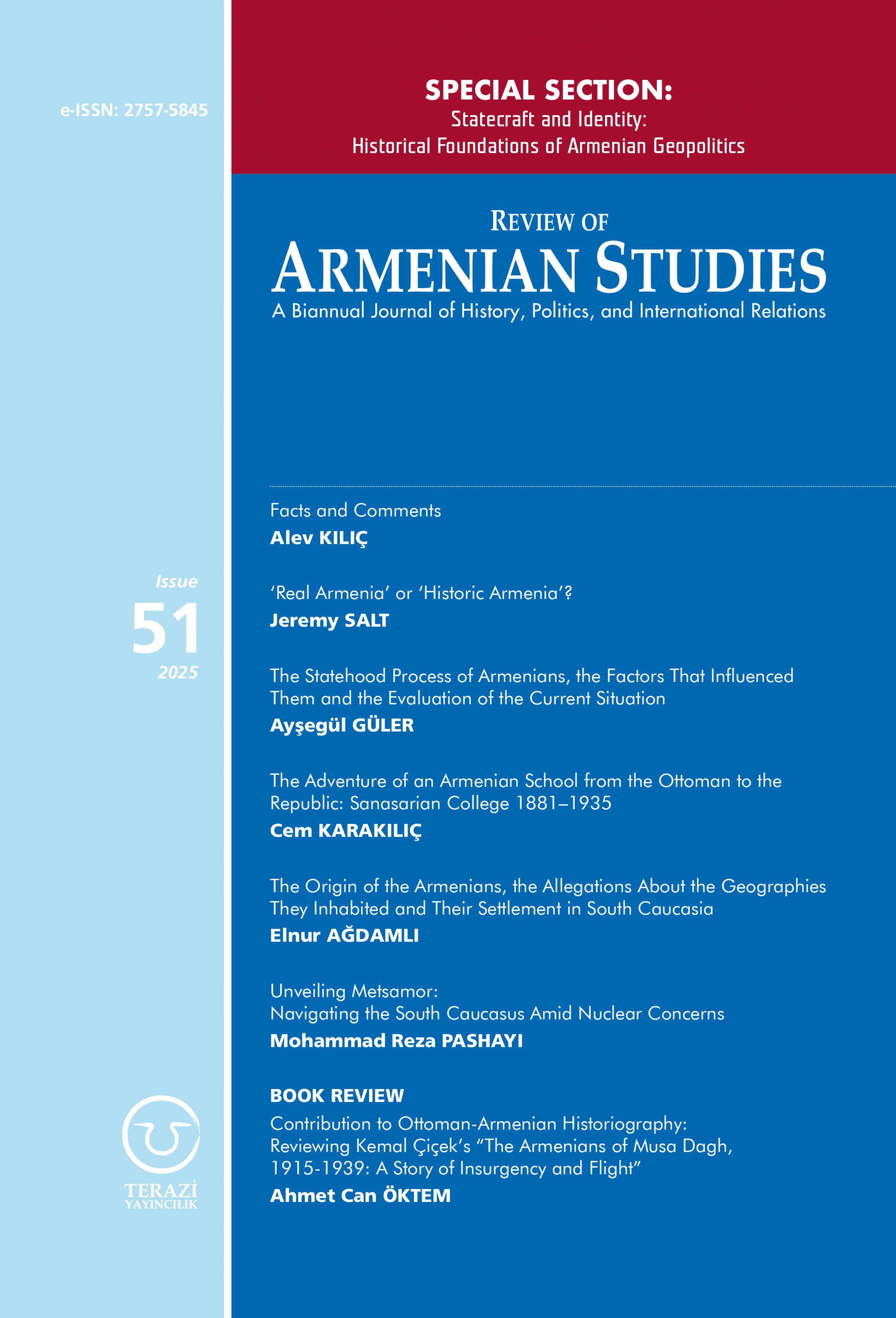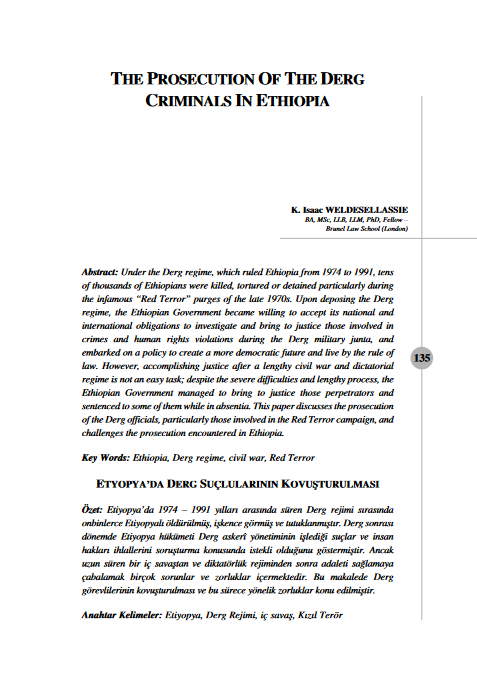EurActiv (24 October 2018)
NATO’s largest exercise since the end of the Cold War will focus on the mock defence of Norway. “Trident Juncture” starts on Thursday (25 October) and involves 50,000 military personnel from 31 countries – the 29 NATO members plus Sweden and Finland.
Officially, the exercise, which will run through to 7 November, is not about responding to a Russian attack on a NATO member, although US officials have said Trident Juncture’s geopolitical message is clear: NATO is ramping up its ability to respond to Russian aggression.
NATO to launch exercises in Europe's north as Russia tensions grow
In late October, NATO will conduct its largest military exercises since the end of the Cold War in Europe’s North, amid growing tensions with Russia over Moscow’s development of new nuclear-ready missiles and uncertainty over the Trump administration’s commitment to transatlantic security.
Speaking to the press on Wednesday, NATO Secretary General Jens Stoltenberg said the scenario was fictitious, but the lessons to be learned would be real. He said Europe’s security environment had seriously deteriorated in recent years and Trident Juncture was a reflection of NATO’s adaptation to this challenge.
Trident Juncture is a war game where the “Northern Forces” will play against the “Southern Forces” – primarily on land in central and eastern Norway. The core exercise area is more than one thousand kilometres from the Russian border, but air forces will operate from airports in the north, of which Finland’s air base at Rovaniemi is some 150 kilometres from Russia’s militarised Kola Peninsula.
US aircraft carrier Harry S. Truman and its strike group, including its ships and aircraft, will participate in Trident Juncture. This is the first time a US carrier group has been in Norwegian waters since the Cold War.
In recent years, non-NATO members Finland and Sweden have moved closer to the alliance in the sphere of operational military cooperation.
“There is no need to name the potential aggressor,” wrote Carl Bildt, former Swedish minister of foreign affairs, in an op-ed he contributed to Project Syndicate.
“In recent years, Northern Europe’s security landscape has changed. In response to Russian aggression and revisionism, NATO has deployed battalion battle groups in Estonia, Latvia, and Lithuania, as well as air force squadrons to police those countries’ skies.
And in both Sweden and Finland, defence spending is increasing, and there is an ongoing debate about whether to upgrade the privileged partnership with NATO to full membership”, Bildt wrote.
“The core exercise area is more than one thousand kilometres from the Russian border, and air operations could take place up to five hundred kilometres away from the border, so there should not be any reason for the Russians to get scared,” Lieutenant General Rune Jakobsen, commander of the Norwegian Joint Headquarters, told reporters “.
Russia Foreign Minister Maria Zakharova told the state-run Tass news agency that the expansion of the US Marine Corps presence and the overall increased Western military posture in Norway was a “violation of all time-tested traditions of good neighbourliness and against the policy of the Norwegian government established way back in the Cold War period on self-restraint.”
Last month, Russia launched its largest war games since at least 1981 alongside China and Mongolia as part of the Vostok (East)-18 drills.
Stoltenberg said the alliance had invited Russian observers. He said NATO had briefed Russia on Trident Juncture, the same as Moscow had briefed the Alliance on Vostok, and added that he expected Russia to monitor the exercises, according to the respective agreements concluded in the OSCE framework.
“As long as they behave professionally and avoid dangerous situations and behaviour, I don’t think that’s a problem at all if they monitor the exercise Trident Juncture”, Stoltenberg said.
He said the date of the next NATO-Russia Council had not been decided but the two sides were in touch for agreeing on a date. He added that the period 2014-2016, when no such meetings were held, was now over.
No comments yet.
- AZERBAIJAN, ESTONIA DISCUSS PROSPECTS FOR DEVELOPMENT OF RELATIONS The Caucasus and Turkish-Armenian Relations 24.10.2018
-
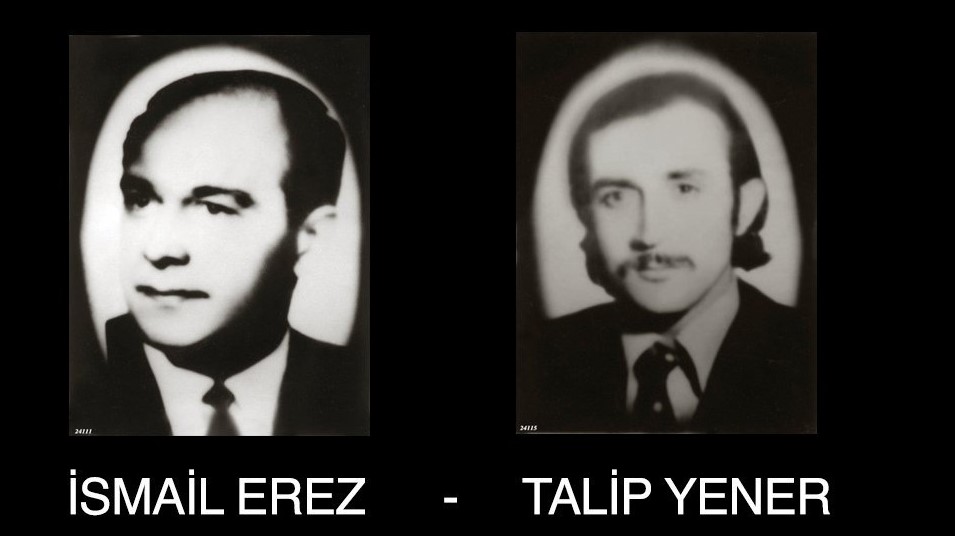 MARTYR DIPLOMATS
The Caucasus and Turkish-Armenian Relations
24.10.2018
MARTYR DIPLOMATS
The Caucasus and Turkish-Armenian Relations
24.10.2018
- GE READIES 14GW ACTION PLAN FOR IRAQ'S POWER SECTOR Iraq 24.10.2018
- IRAQ MAY ASK US FOR SANCTIONS WAIVERS OVER RELATIONS WITH IRAN Iraq 24.10.2018
- 200 MIGRANTS TRY TO CROSS FROM BOSNIA TO CROATIA The Balkans 24.10.2018
-
25.01.2016
THE ARMENIAN QUESTION - BASIC KNOWLEDGE AND DOCUMENTATION -
12.06.2024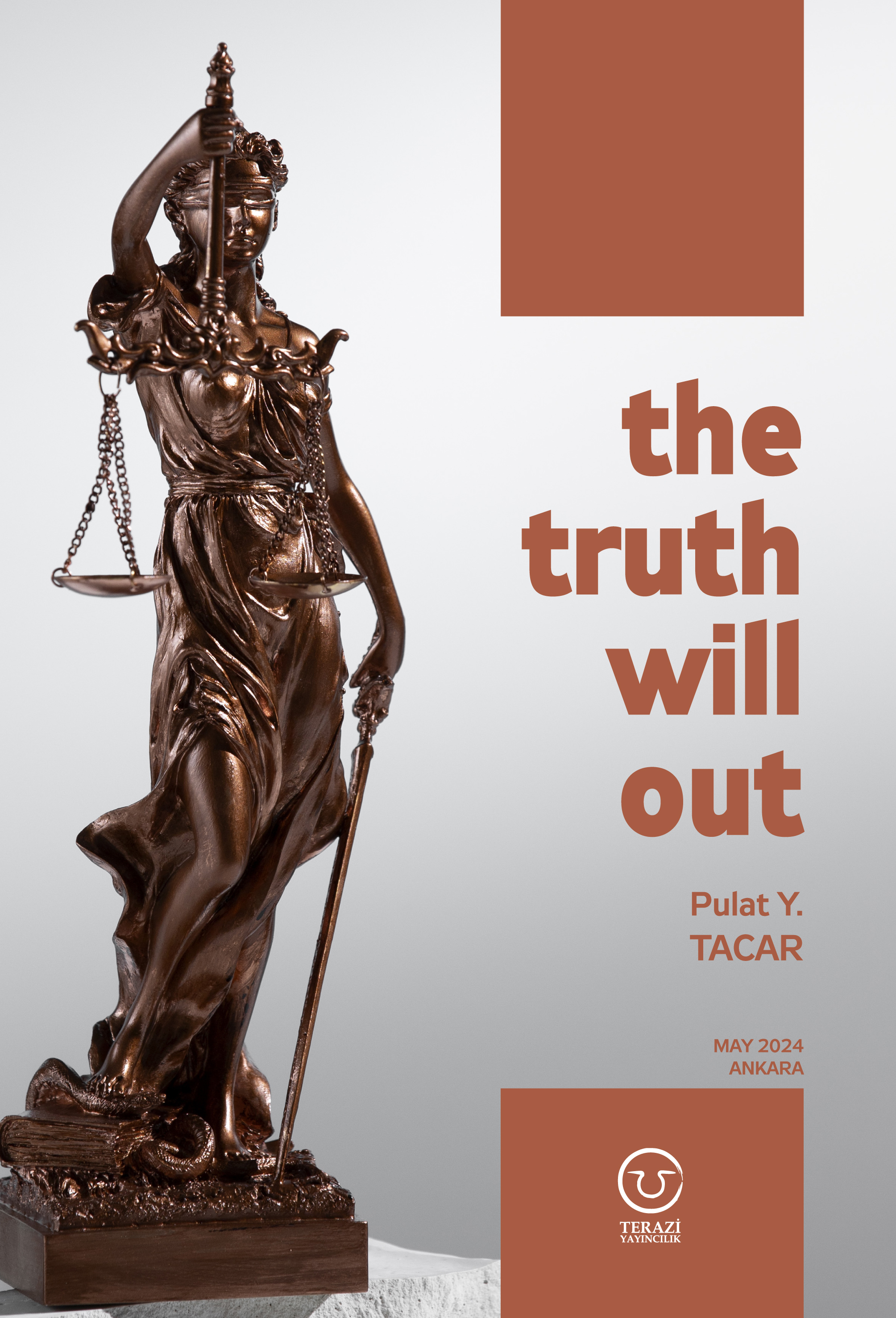
THE TRUTH WILL OUT -
27.03.2023
RADİKAL ERMENİ UNSURLARCA GERÇEKLEŞTİRİLEN MEZALİMLER VE VANDALİZM -
17.03.2023
PATRIOTISM PERVERTED -
23.02.2023
MEN ARE LIKE THAT -
03.02.2023
BAKÜ-TİFLİS-CEYHAN BORU HATTININ YAŞANAN TARİHİ -
16.12.2022
INTERNATIONAL SCHOLARS ON THE EVENTS OF 1915 -
07.12.2022
FAKE PHOTOS AND THE ARMENIAN PROPAGANDA -
07.12.2022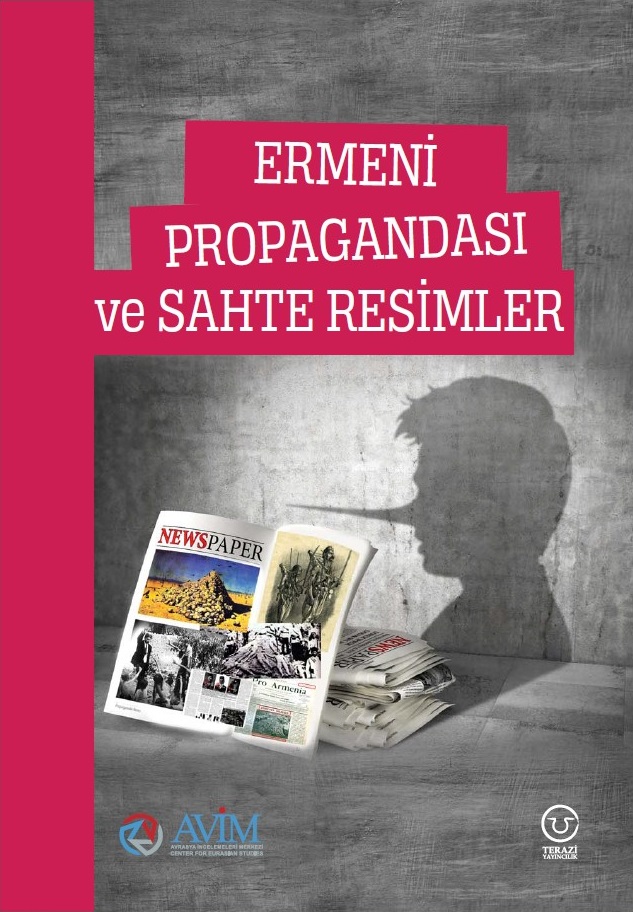
ERMENİ PROPAGANDASI VE SAHTE RESİMLER -
01.01.2022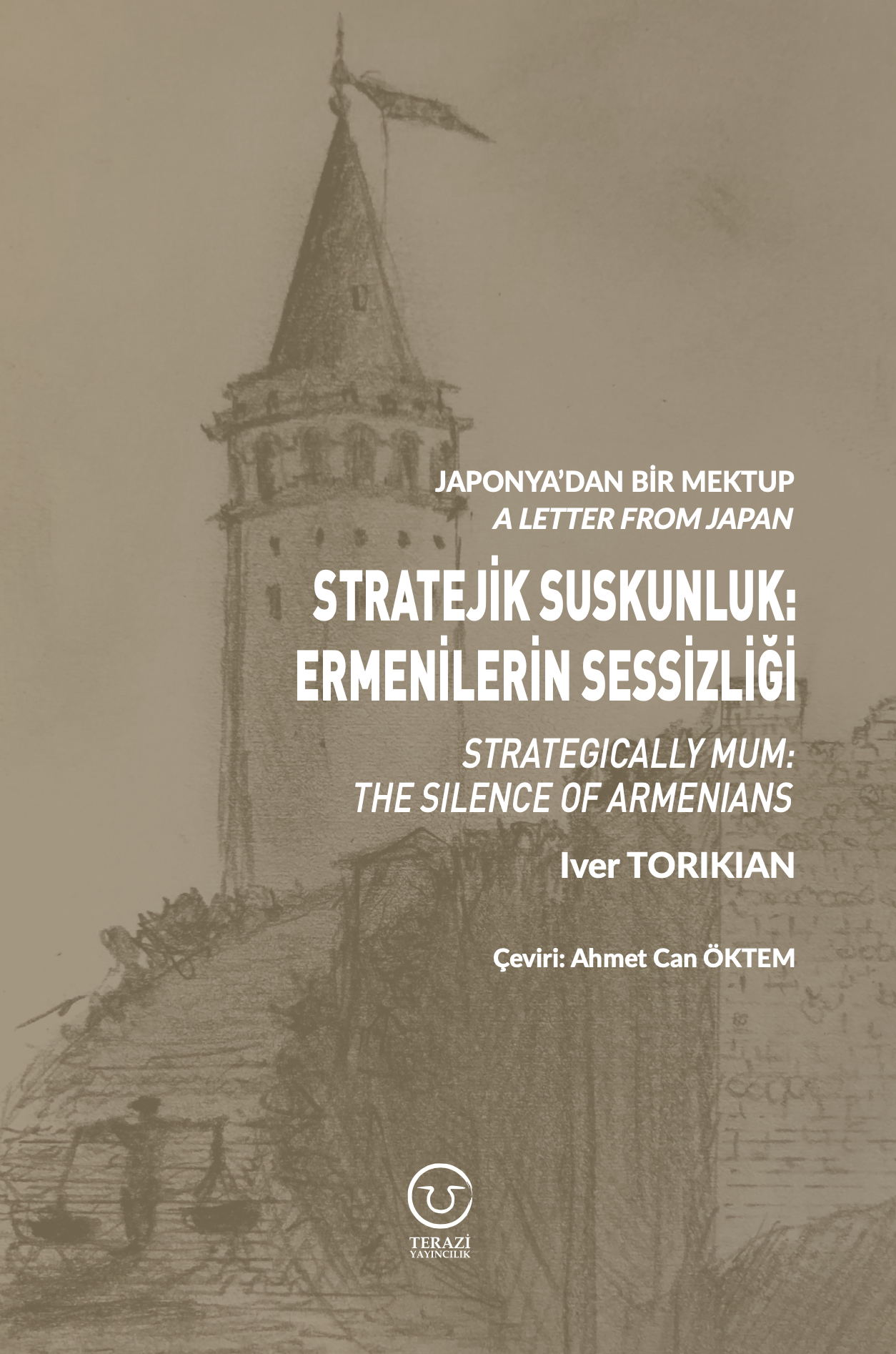
A Letter From Japan - Strategically Mum: The Silence of the Armenians -
01.01.2022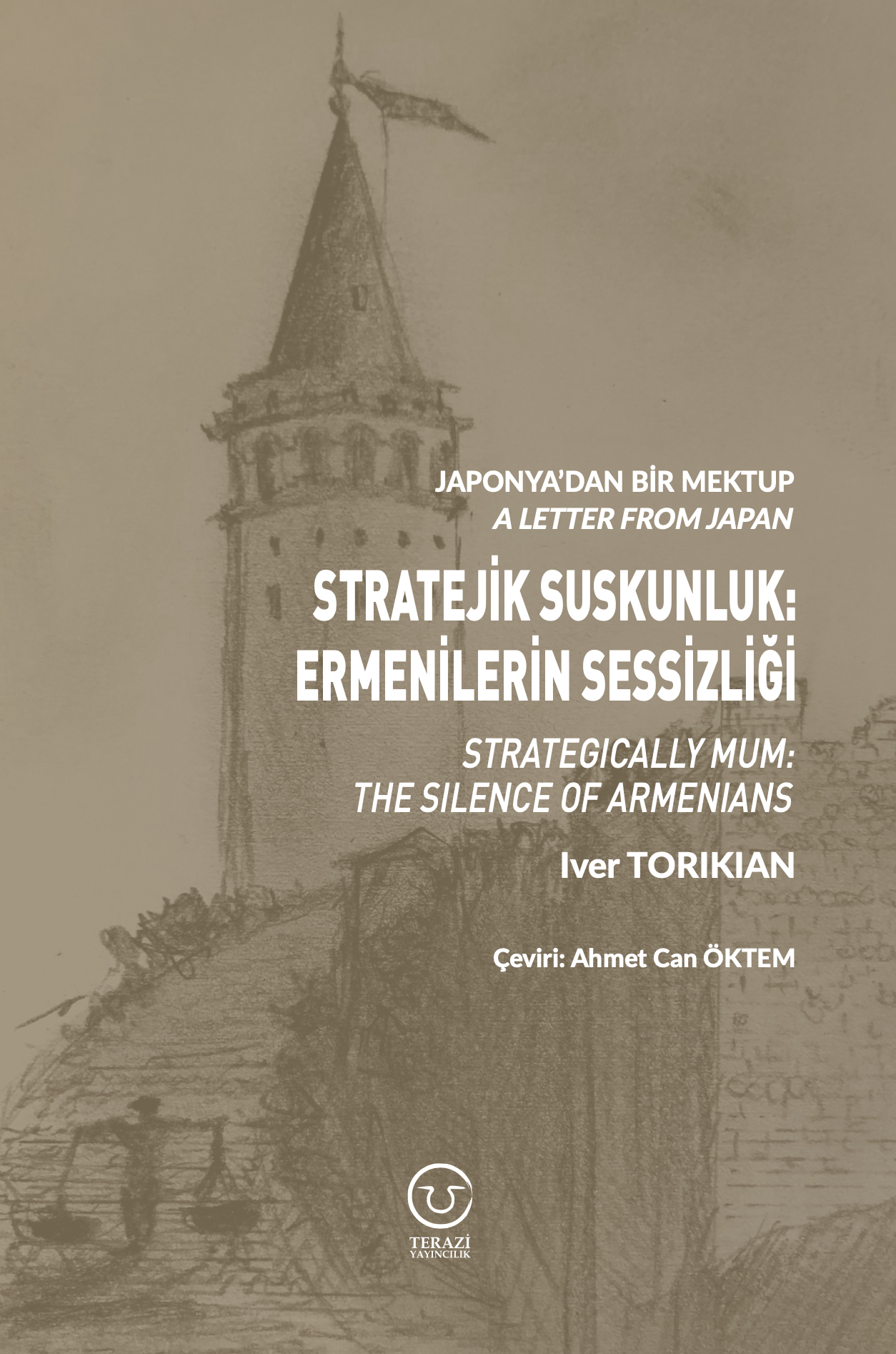
Japonya'dan Bir Mektup - Stratejik Suskunluk: Ermenilerin Sessizliği -
03.06.2020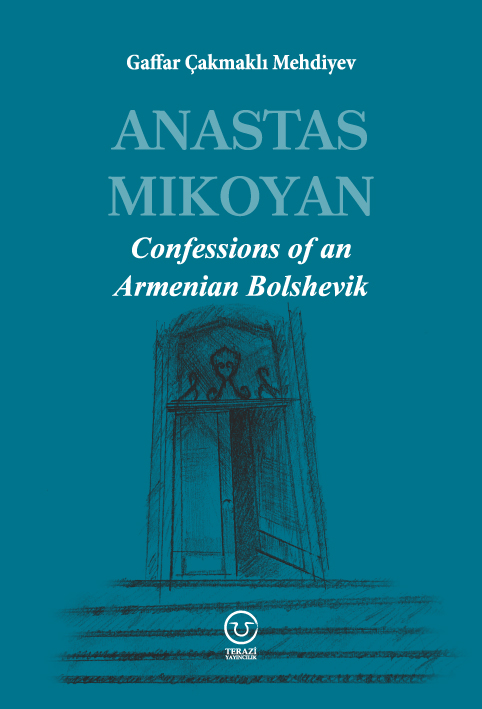
Anastas Mikoyan: Confessions of an Armenian Bolshevik -
08.04.2020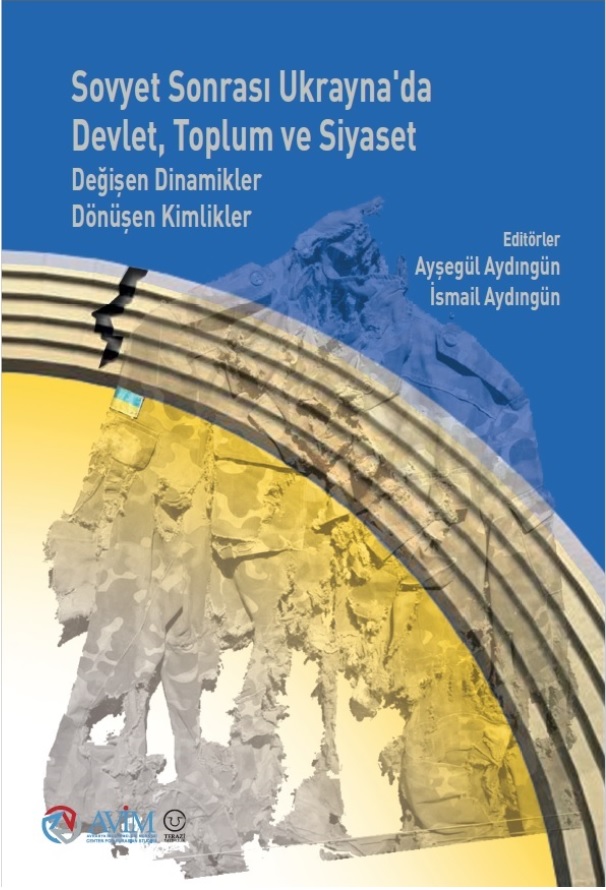
Sovyet Sonrası Ukrayna’da Devlet, Toplum ve Siyaset - Değişen Dinamikler, Dönüşen Kimlikler -
12.06.2018
Ermeni Sorunuyla İlgili İngiliz Belgeleri (1912-1923) - British Documents on Armenian Question (1912-1923) -
02.12.2016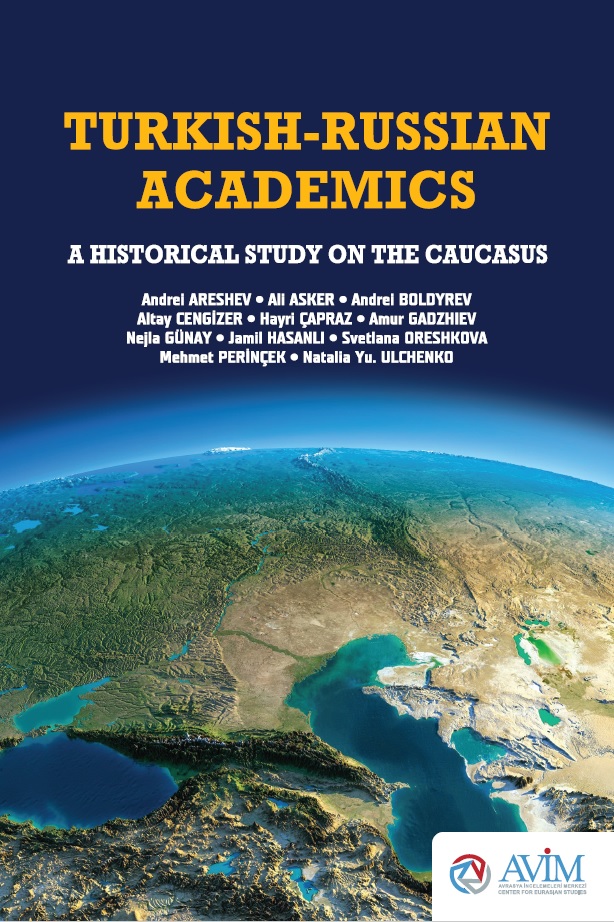
Turkish-Russian Academics: A Historical Study on the Caucasus -
01.07.2016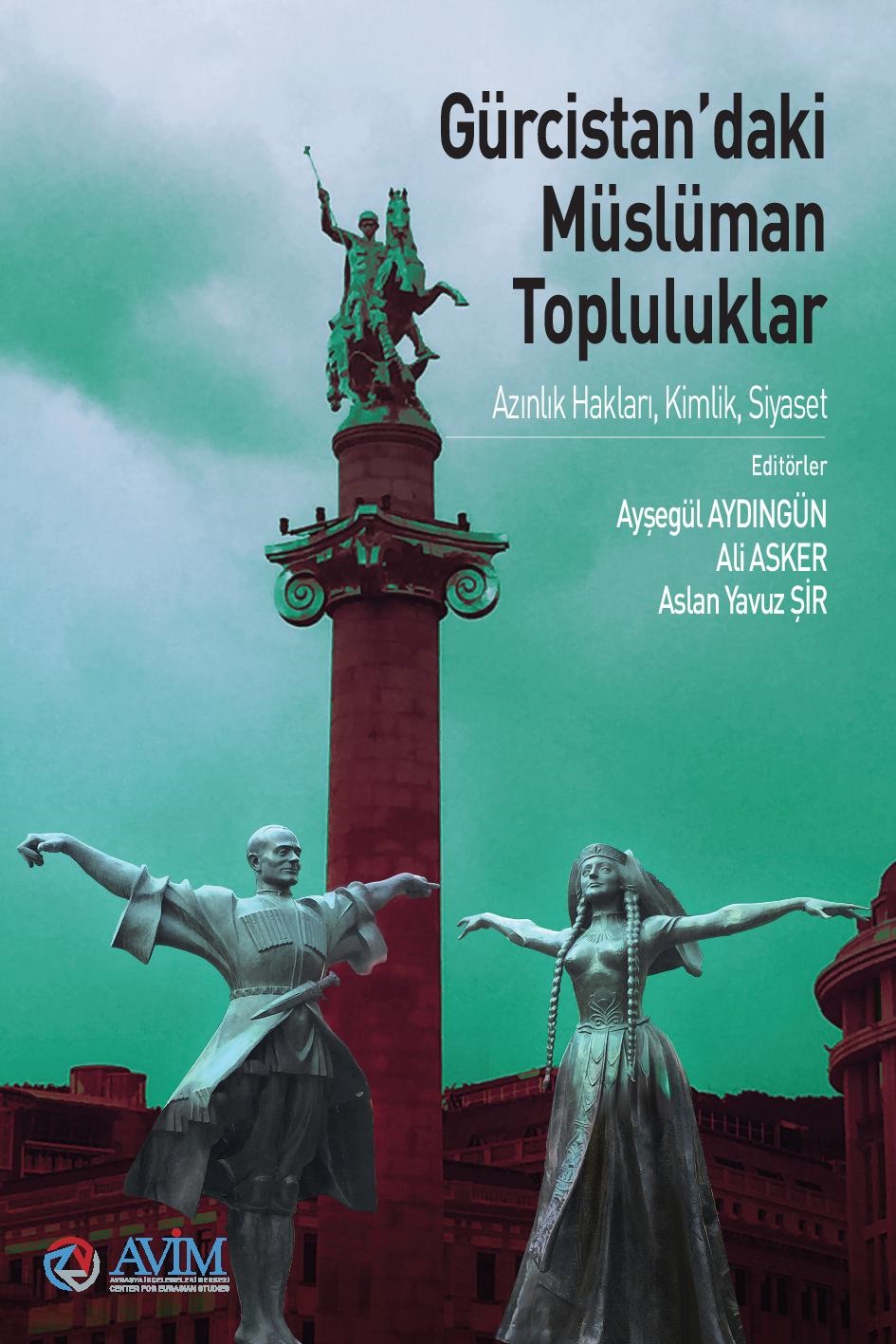
Gürcistan'daki Müslüman Topluluklar: Azınlık Hakları, Kimlik, Siyaset -
10.03.2016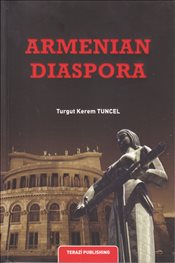
Armenian Diaspora: Diaspora, State and the Imagination of the Republic of Armenia -
24.01.2016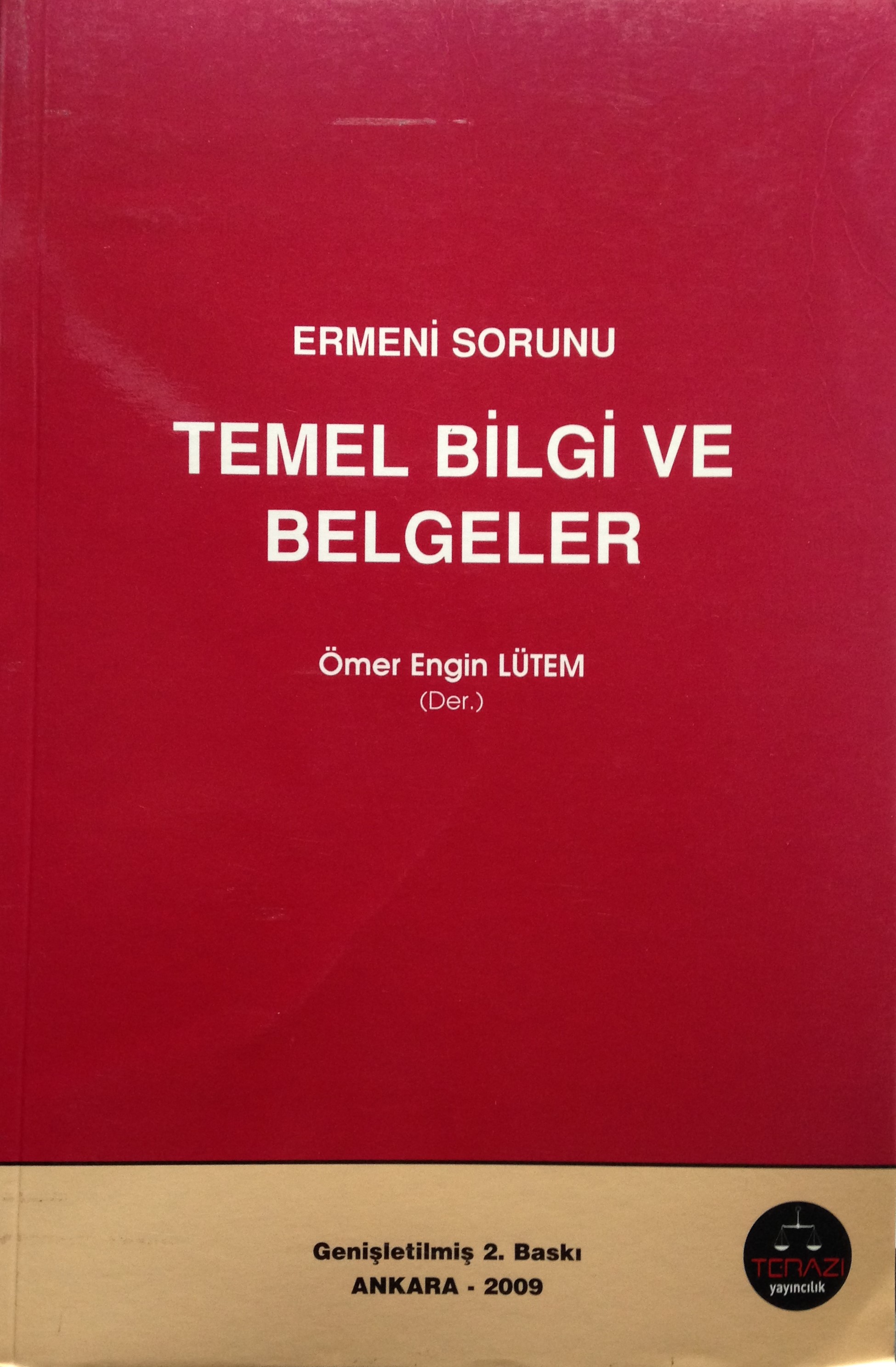
ERMENİ SORUNU - TEMEL BİLGİ VE BELGELER (2. BASKI)
-
AVİM Conference Hall 24.01.2023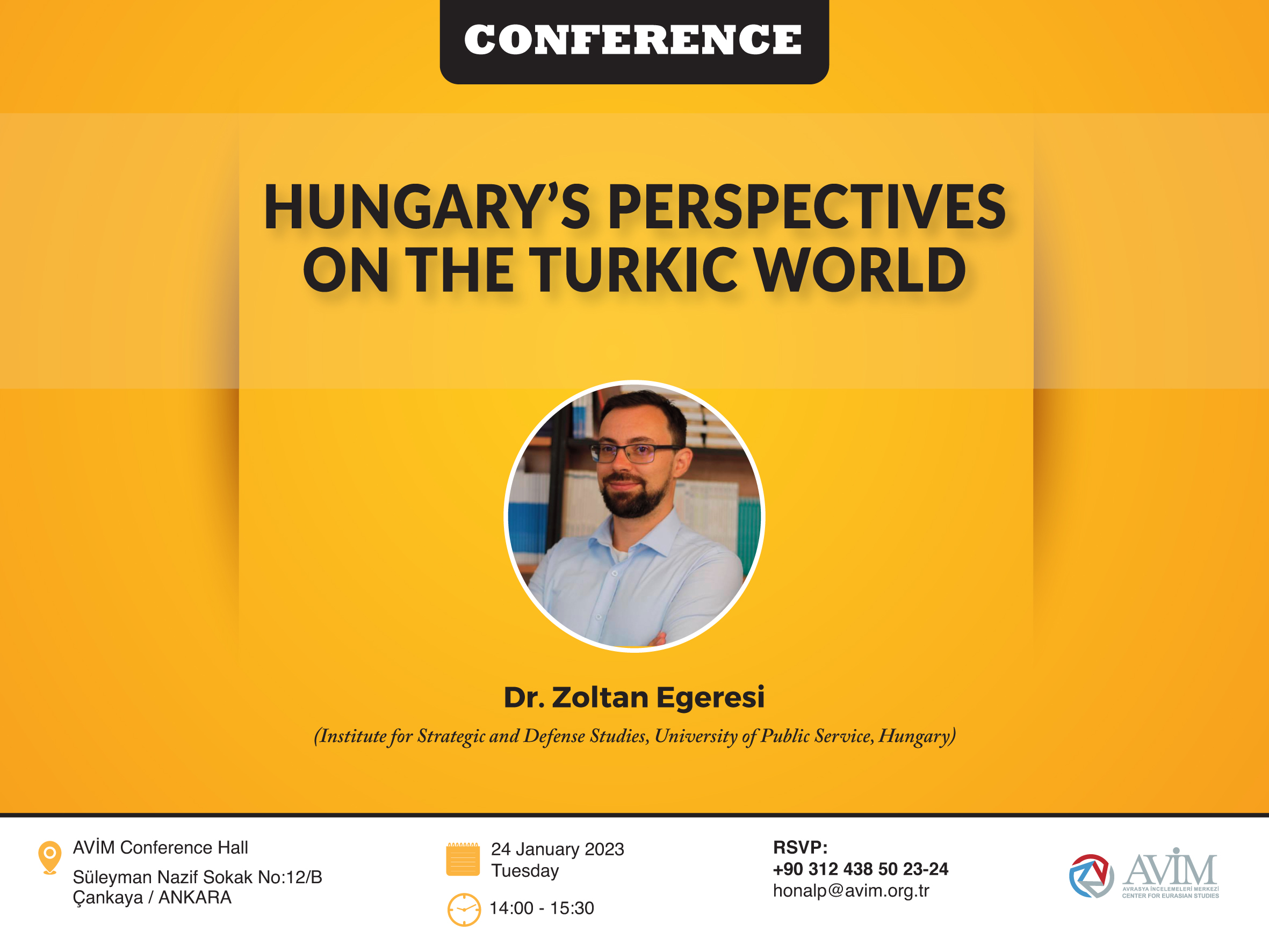
CONFERENCE TITLED “HUNGARY’S PERSPECTIVES ON THE TURKIC WORLD"


